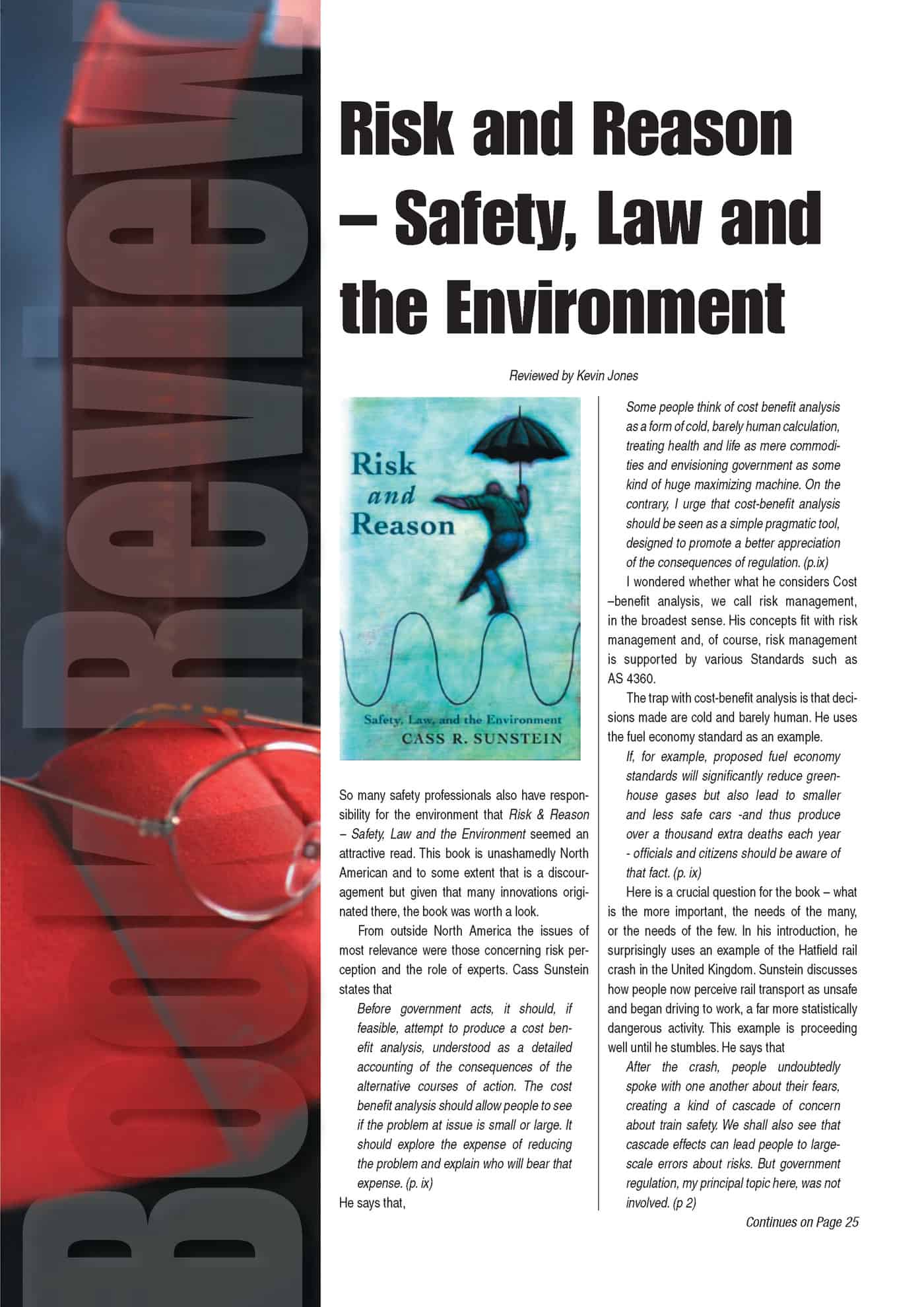Last week, the release of the final report of Australia’s review into National Model OHS Law was touted by many as immediately after the meeting of the Workplace Relations Ministers Council (WRMC). This occurred with the first report in 2008. WRMC met in a teleconference yesterday. When the report is released officially (rumours are that the report is already doing the rounds of the unions and the employer associations), SafetyAtWorkBlog will provide a link to the report and some initial commentary.
However, as reported yesterday, the Australian Financial Review obtained a copy of the report and highlighted several issues of interest. The AFR report held no great surprise for safety professionals but the union movement is going to be ideologically tested.
Early in the review process, the New South Wales union movement was very vocal about the risk of losing their right to initiate prosecutions over OHS breaches. The right was rarely applied and could be a very costly exercise. Since that time there has been silence from that quarter, perhaps because they realised that its contentious right was out-of-step with the rest of the country and the review process is all about legislative harmonisation.
According to media reports this week, the Review Panel’s final report recommends the omission of the right to prosecute but allows an option to instigate prosecutions through the OHS regulators. In effect it keeps the power where it is most cost-effective and through which a similar outcome could be achieved. It gives the unions a seat at the table, just not the same seat but still with a comfy cushion.
Prior to the WRMC meeting, Sharan Burrows issued a media statement on several matters, the source of the ACTU quotes in today’s AFR article, in which she said
Media reports also suggest that the Ministers will tonight discuss the final report of the National Review of OHS Laws.
“It is vital that the national, harmonised health and safety laws are based on the highest possible standards. This should include providing workers with the right, through their unions, to initiate prosecutions against employers when there are serious health and safety breaches.
“In the past, union prosecutions have been few in number but have secured important improvements for employees who work in potentially dangerous situations. We also need a truly tripartite, well resourced national workplace health and safety watchdog that is able to set, monitor and upgrade health and safety standards,” said Ms Burrow.
It seems that Ms Burrows may, pragmatically, welcome the cushion.
Also, the union movement would be well aware of the potential boost to the revenues of OHS training providers, a status many unions and union bodies enjoy. A national five-day training course for Health & Safety Representatives could be financially useful. Also the courses have always been a very good recruiting opportunity.



